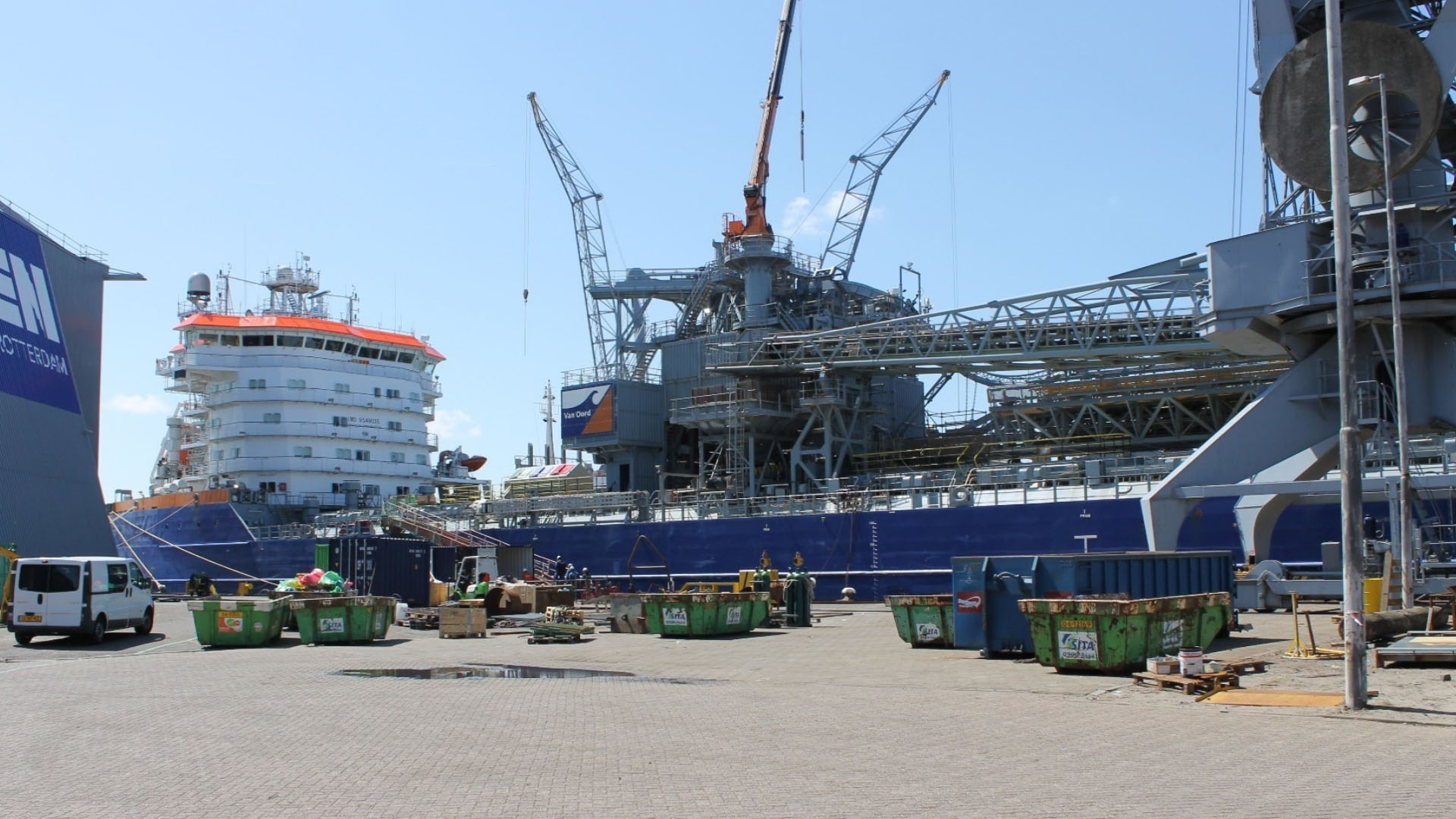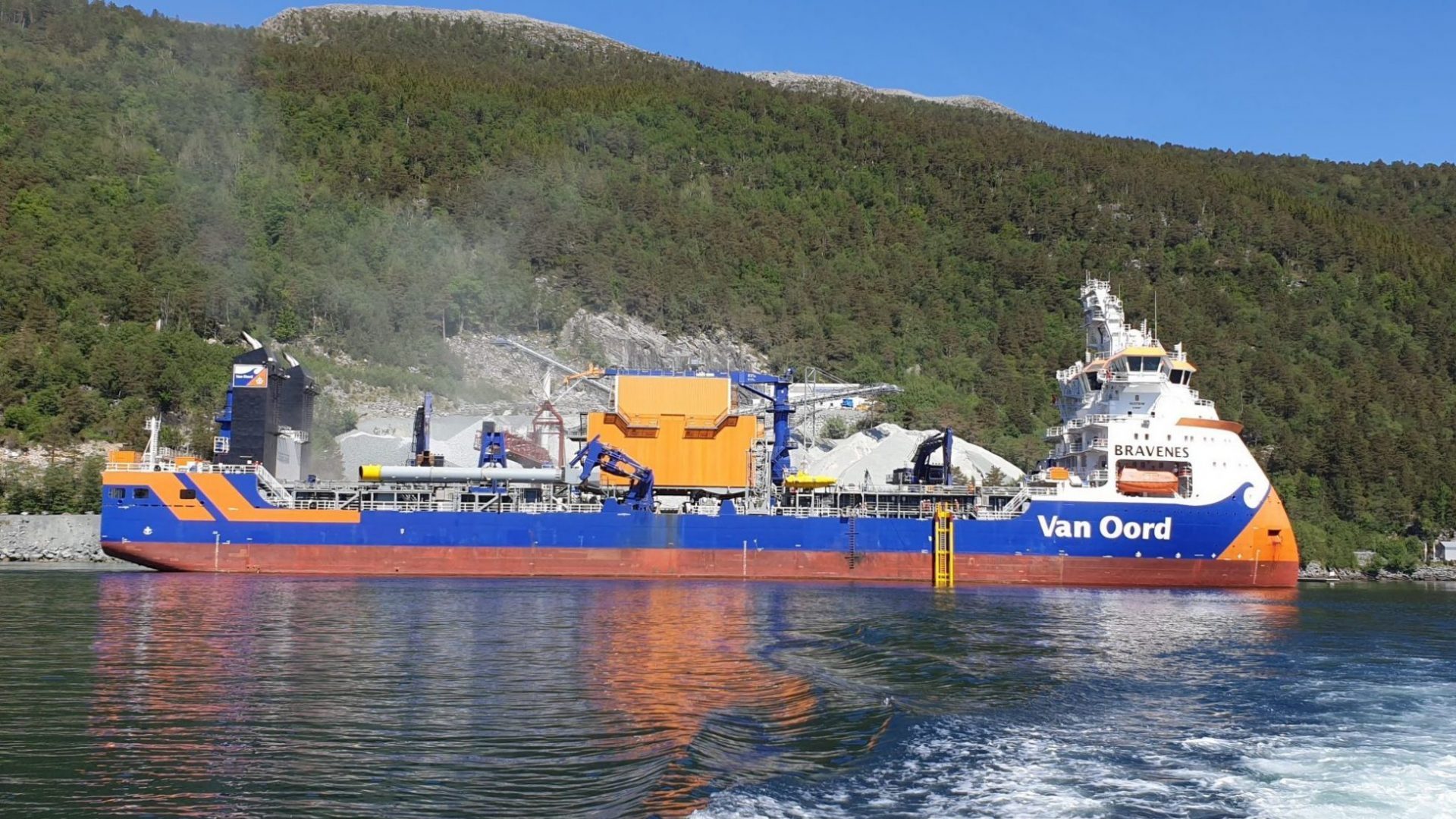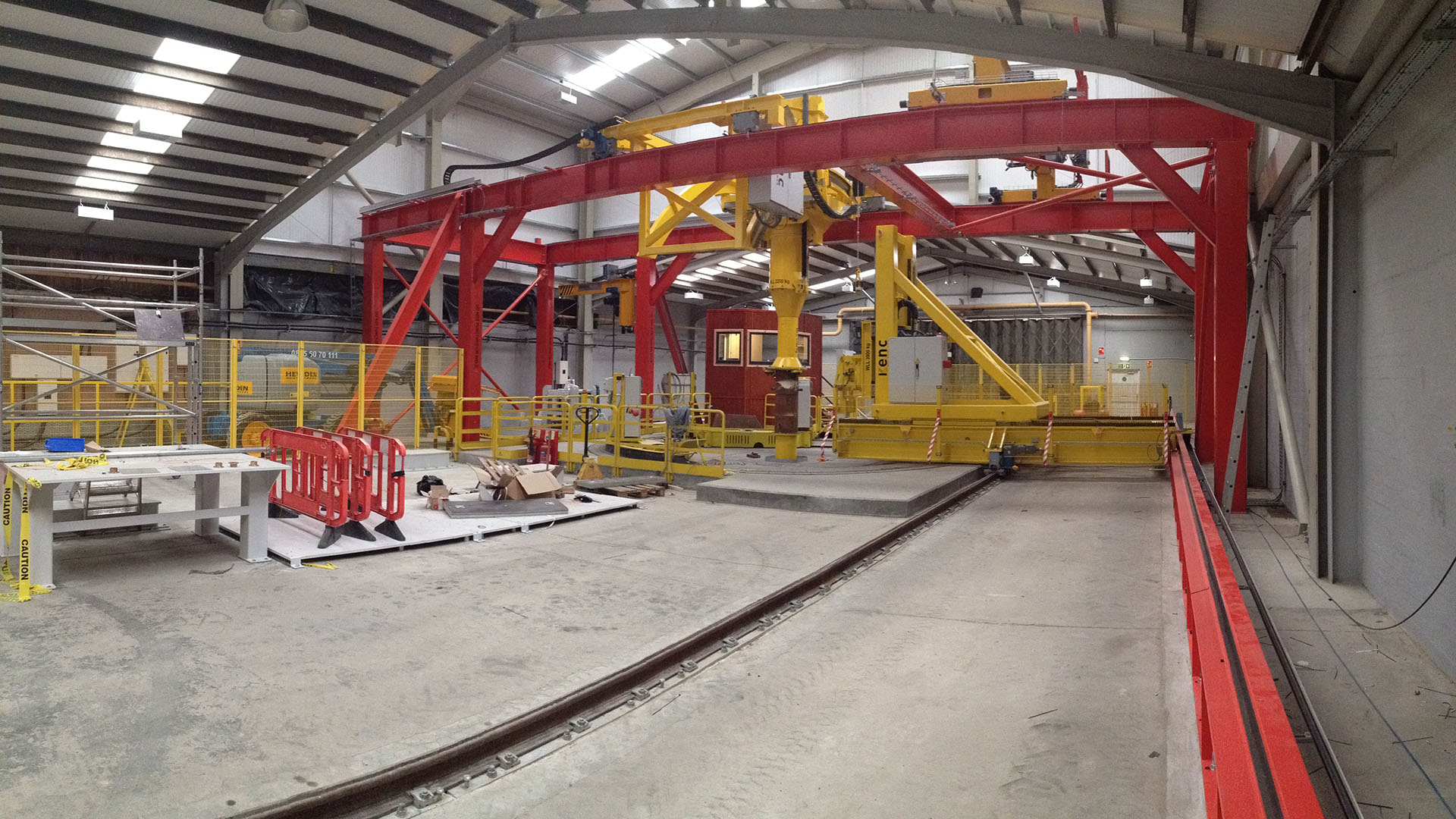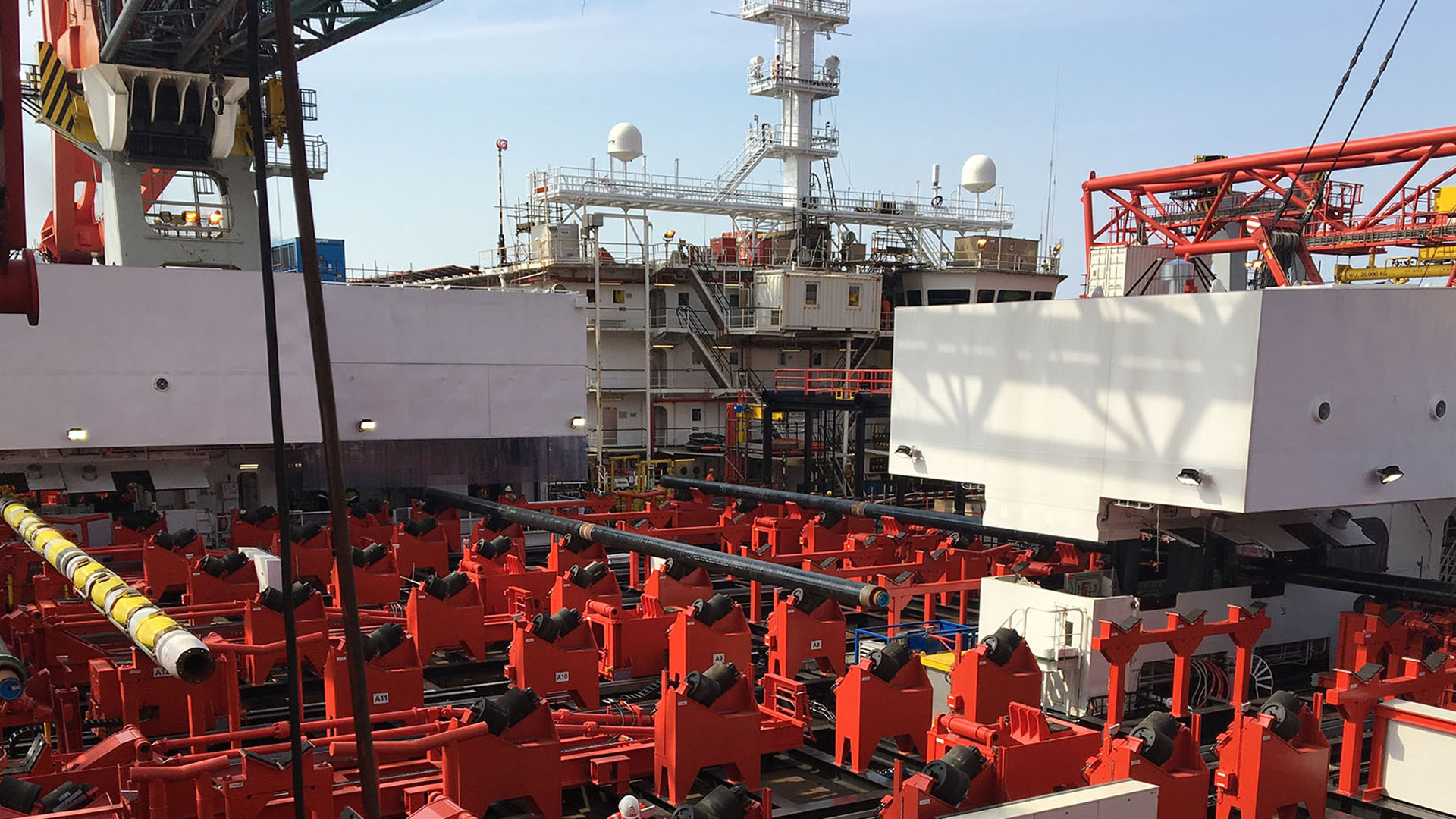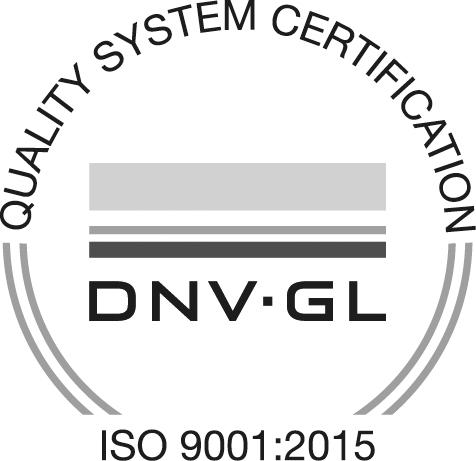Automation improves safety on board FFPV Stornes
Client: Van Oord
Challenge: Increase working depth for subsea rock installation
Scope: Engineering, fabrication, FAT, commissioning, training, spare parts delivery
Benefits: Increased efficiency and improved safety of working environment onboard.
International dredging and offshore contractor Van Oord’s FFPV (Flexible Fall Pipe Vessel) Stornes uses a fall pipe to install stone rocks on the seabed. These subsea rock installation activities are carried out in order to protect and stabilise offshore structures. For instance, a rock cover is laid over a pipeline. On board the FFPV Stornes buckets were launched and recovered, requiring a lot of manual handling, thereby increasing the risk of accidents. Van Oord asked KENC to come up with an automated system to replace its manual handling operations.
Suspended from a fall pipe tower situated in the centre of the vessel, the flexible fall pipe consists of hundreds of cone shaped buckets joined together by two chains. The buckets are stored in a bucket storage container and moved from the bucket storage container to the fall pipe tower and visa versa.
KENC designed, fabricated, delivered and commissioned five trolleys to move buckets safely. In the Tower Control Room (TCR) the pilot can operate all trolleys. The six installed cameras on each of the trolleys together with additional static cameras give the pilot a total overview of everything that is happening on the Bucket Storage Container (BSC). The pilot sees the images on the screens in front of him. KENC configured the positions of these cameras using 3D design software prior to installation.
One of the challenges was the limited space in the existing structure. There was little room for components on the trolley itself. Besides electrical components, the trolley is equipped with a hydraulic system for an optimal force distribution from the driving trolley to the bucket strings. This hydraulic system also ensures that should a crash occur, none of the components or structures are damaged.
A tight schedule was kept in order to have the trolleys ready before the Stornes docked. The trolleys were constructed in the BSC during the docking period. The cables were also laid and connected at this time. The trolleys were put into service together with the help of the Stornes crew and were delivered on schedule and according to budget.
Now employees no longer have to be physically present at the BSC to monitor it. The Stornes crew was enthusiastic about this new system. They really value the fact that manual operation is no longer necessary. Being able to sit inside the TCR during bad weather is another great advantage!
LET’S FIND OUT WHAT WE CAN DO TOGETHER
We love to hear from you! Give me a call or send an e-mail.
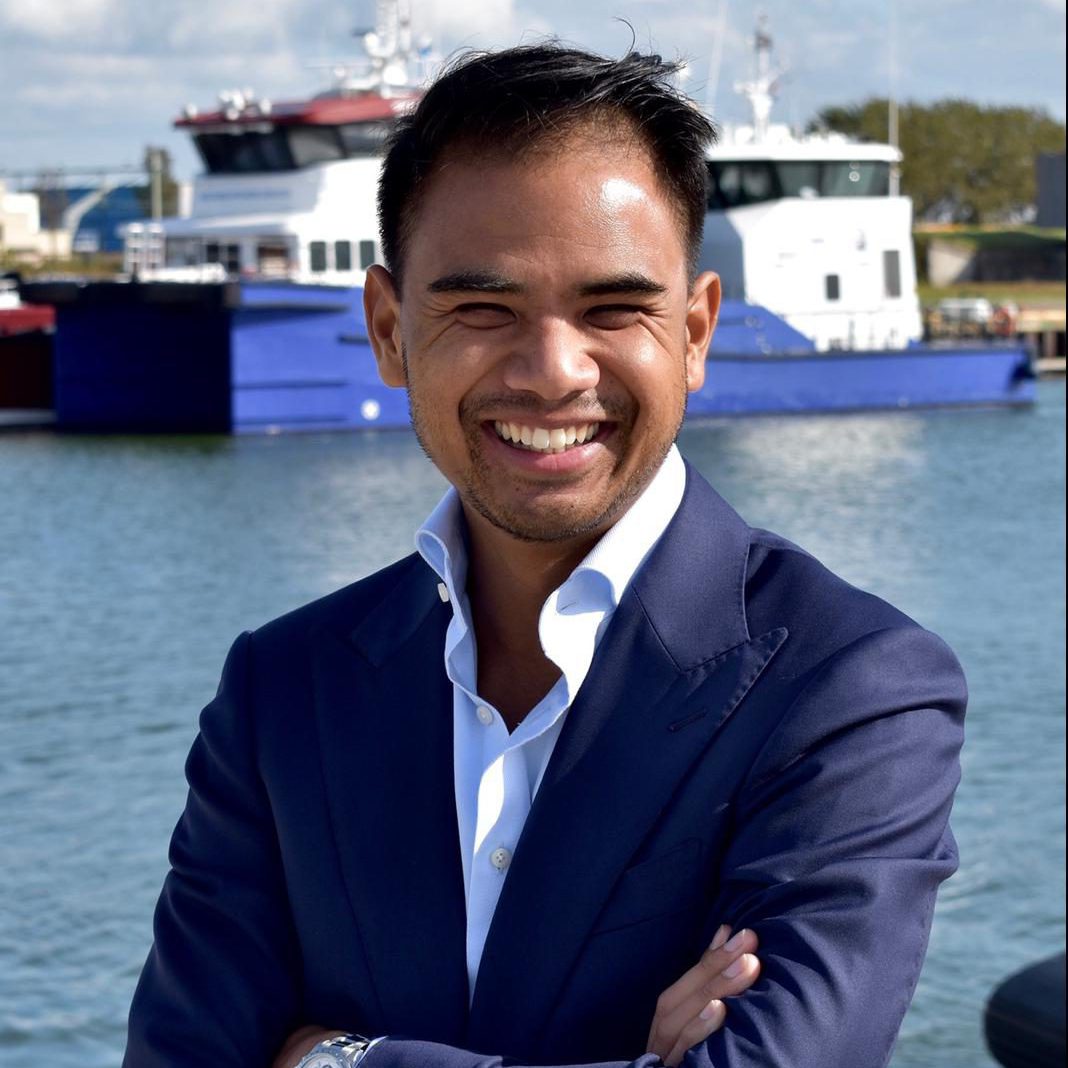
Vincent Vinkoert
Business Development Manager
+31 6 308 469 86 | vincent.vinkoert@kenc.nl

